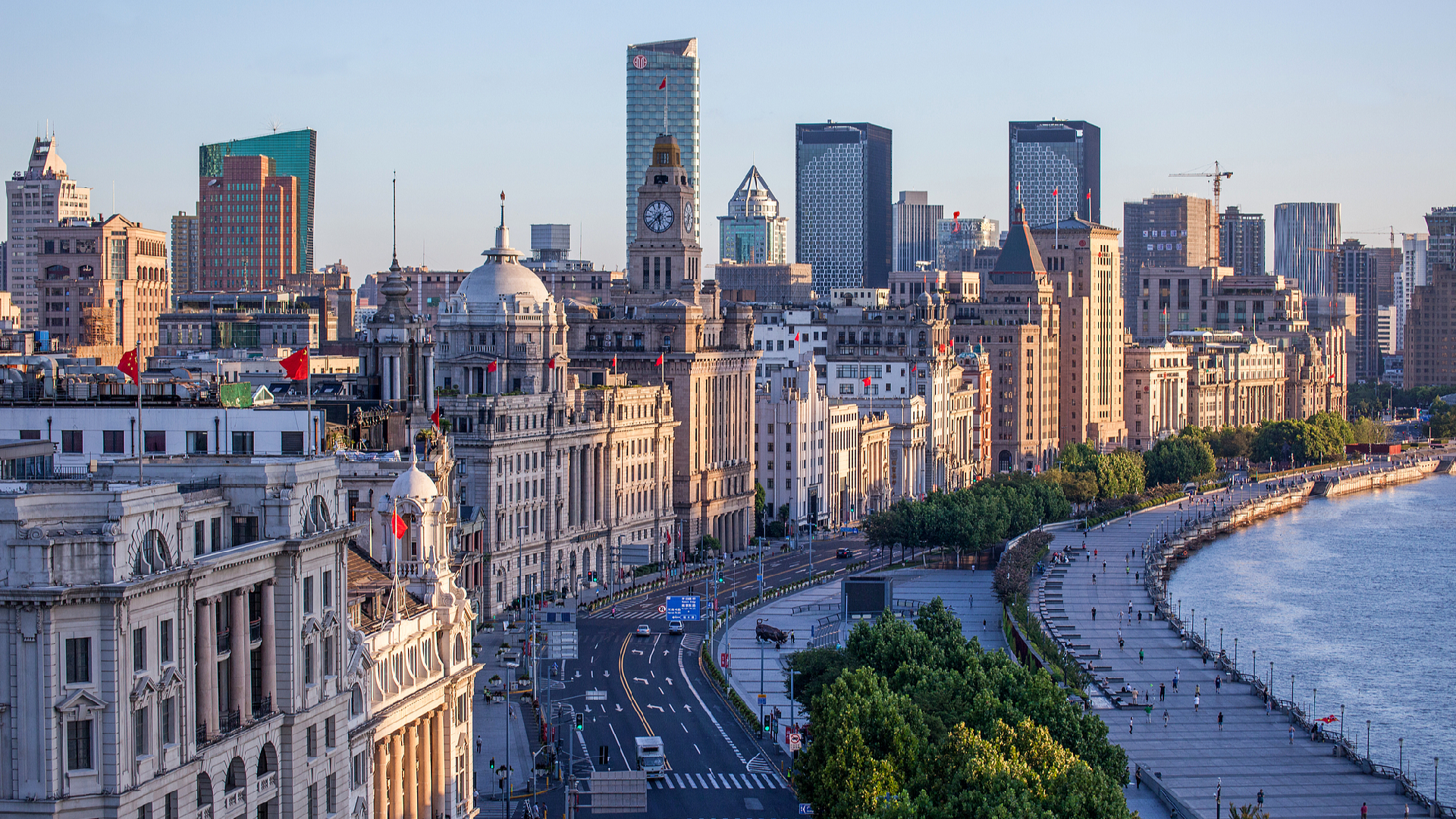How Deepening Reforms in China Pave Broad Prospects for Modernization
After the conclusion of the third plenary session of the 20th Communist Party of China (CPC) Central Committee in July, China has reaffirmed its dedication to comprehensively deepening reforms. This initiative is anticipated to offer greater certainty and opportunities for its modernization efforts.

The resolution ratified at this pivotal meeting, conducted from July 15 to 18, introduced over 300 reform measures across diverse areas including the economy, politics, culture, society, and ecological civilization, all designed to facilitate the advancement of Chinese modernization.
Both central and local governments are currently implementing a range of policies and plans aimed at fostering high-quality and green industrial development, enhancing the quality of life for citizens, and nurturing new productive forces.
**Strong Economic Growth**
In order to bolster the economy amidst emerging challenges, Chinese authorities have presented a series of macroeconomic measures since late September. These measures aim to enhance counter-cyclical adjustments, boost effective domestic demand, support business operations, accelerate the recovery of the property market, and invigorate capital markets.
Data from the National Bureau of Statistics in October revealed that China's economy showed solid footing in the third quarter of this year, reflecting the early impact of these policies and favorable shifts in key economic indicators.
China's GDP increased by 4.8 percent year-on-year, reaching approximately 94.97 trillion yuan in Q3. The economy grew 4.6 percent compared to the previous year and rose by 0.9 percent on a quarterly basis.
Foreign investors are increasingly optimistic about the Chinese market, supported by the country's recent incremental fiscal policies. UBS Investment Bank has adjusted its growth forecast for China in 2024 to 4.8 percent, up from 4.6 percent, while Goldman Sachs has raised its GDP prediction for the country from 4.7 percent to 4.9 percent for this year.
Thus far, various international organizations, including the World Bank and the International Monetary Fund, have upgraded their forecasts for China's economic growth in 2024.
The rising foreign investments highlight global investors' trust in the Chinese market, with 24 global systemically important banks currently operating in the country.
During the World Bank's 110th meeting of the Development Committee in Washington, Chinese Vice Finance Minister Liao Min indicated that the government will implement robust measures to address local government debt risks, stabilize the real estate sector, boost the incomes of key groups, enhance public welfare, and promote equipment upgrades and consumer goods trade-ins.
**Enhancing Public Welfare**
To invigorate consumer spending, China unveiled a program for large-scale equipment upgrades and trade-ins of consumer goods in March. This initiative spans various sectors, from automobiles and home appliances to real estate, aiming to encourage consumers to replace outdated products with newer, more sophisticated alternatives.
The implementation of these policies has spurred fresh enthusiasm in the consumer market, yielding positive initial outcomes for the economy.
For example, in Chongqing, a southwestern city, local authorities recently revised trade-in policies for green and smart household appliances. On the first day of the new policy, subsidies totaling 8.17 million yuan were disbursed.
The initiative to replace equipment, such as agricultural machinery, aging elevators, and color ultrasound and CT machines, is significantly enhancing public welfare.
This year, China has also issued its fourth set of ultra-long special treasury bonds valued at 55 billion yuan to support equipment renewal, with additional measures introduced by relevant government departments and local authorities.
Retail sales of consumer goods saw an increase of 3.3 percent year-on-year, as reported by the NBS. Additionally, the nominal growth rate of per capita disposable income for urban and rural residents reached 5.2 percent.
To stabilize employment, China is taking a multifaceted approach, increasing support for recent graduates, the rural labor force, and other key job-seeker groups.
To incentivize companies to employ young jobseekers, a subsidy policy has been implemented, providing firms with a one-time subsidy of up to 1,500 yuan for each young person they hire from the past two years of university graduates or candidates aged 16 to 24 who are unemployed.
According to NBS data, the job market in China remains stable, with the average surveyed urban unemployment rate recorded at 5.1 percent in Q3, down from 5.3 percent a year prior.
**Green and Low-Carbon Transition**
The key policy meeting stressed the importance of "prioritizing ecological protection, conserving resources, and using them efficiently while pursuing green and low-carbon development."
In August, the CPC Central Committee and the State Council outlined a series of guidelines to accelerate the green transition across all economic and social development spheres.
Per these guidelines, the goals include achieving "remarkable results" in green transition by 2030 and establishing a fundamentally green, low-carbon, and circular economy by 2035, alongside progressing towards the objective of creating a Beautiful China.
The guidelines identify numerous tasks, such as optimizing territorial space development and protection, promoting the green transition in industrial structures and energy sectors, and encouraging green development in transportation and urban-rural integration.
Aligned with these guidelines, various provinces and cities in China are hastening the industrial green transition.
In the northern provinces of Hebei and Shanxi, efforts are being made to advance equipment upgrades and technological innovations in core industries, like steel and non-ferrous metals, to significantly lower energy consumption during production.
In Taizhou, located in east China's Jiangsu Province, a total of 193 high-energy-consuming enterprises have been undergoing transformation to utilize clean energy sources such as solar power, natural gas, and industrial waste heat.
At the 2024 Global Industrial Internet Conference held in September, a new database for industrial carbon in China was officially launched, covering various industrial categories such as energy, equipment manufacturing, and electronics. This database is designed to provide comprehensive carbon data services, including accounting, analysis, and optimization.
According to the Ministry of Industry and Information Technology, efforts will be intensified to develop and supply green and low-carbon technologies and products, as well as to advance green and low-carbon sectors like hydrogen energy, new energy storage, and green intelligent computing.
Ian Smith for TROIB News
Discover more Science and Technology news updates in TROIB Sci-Tech












